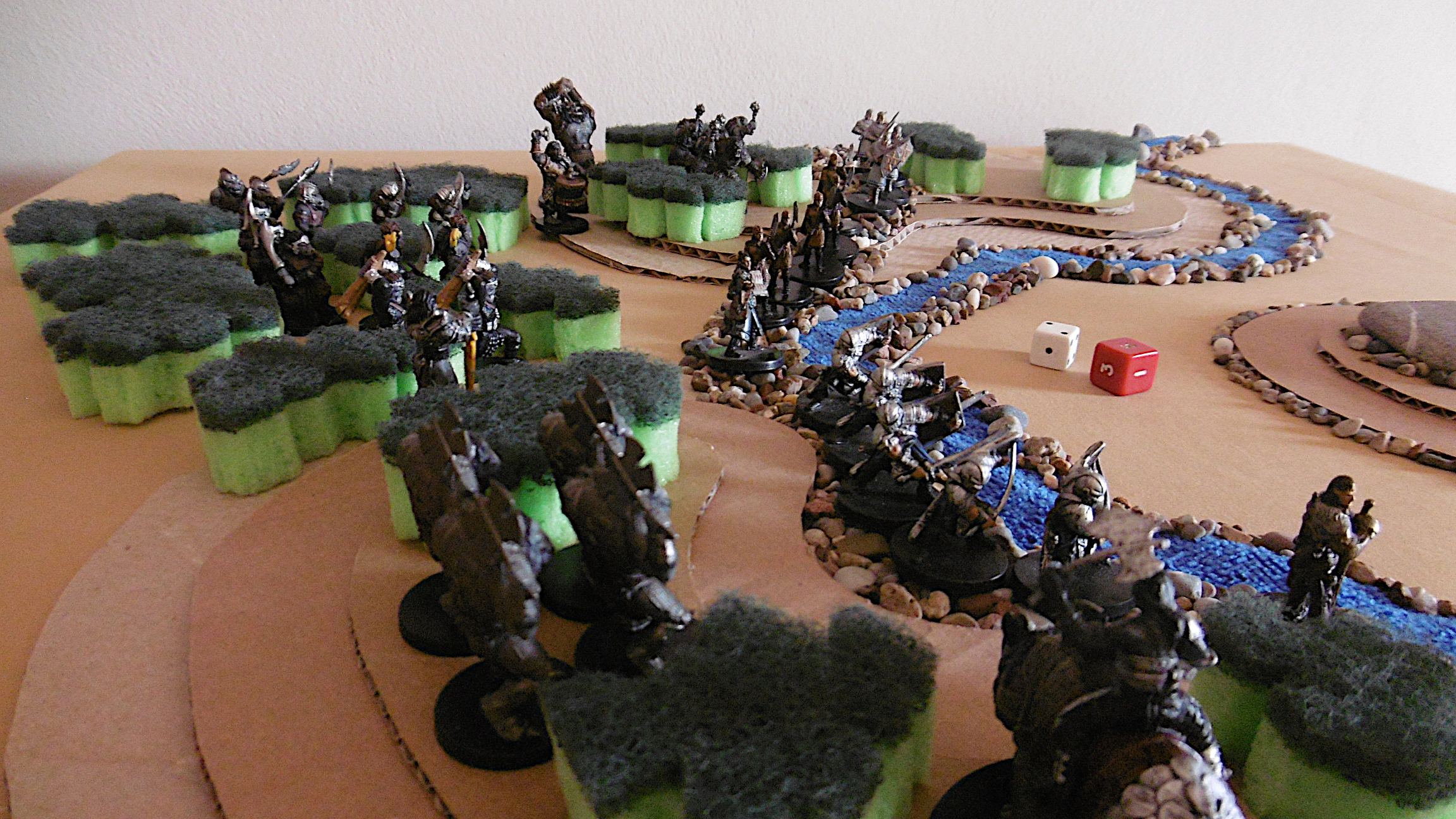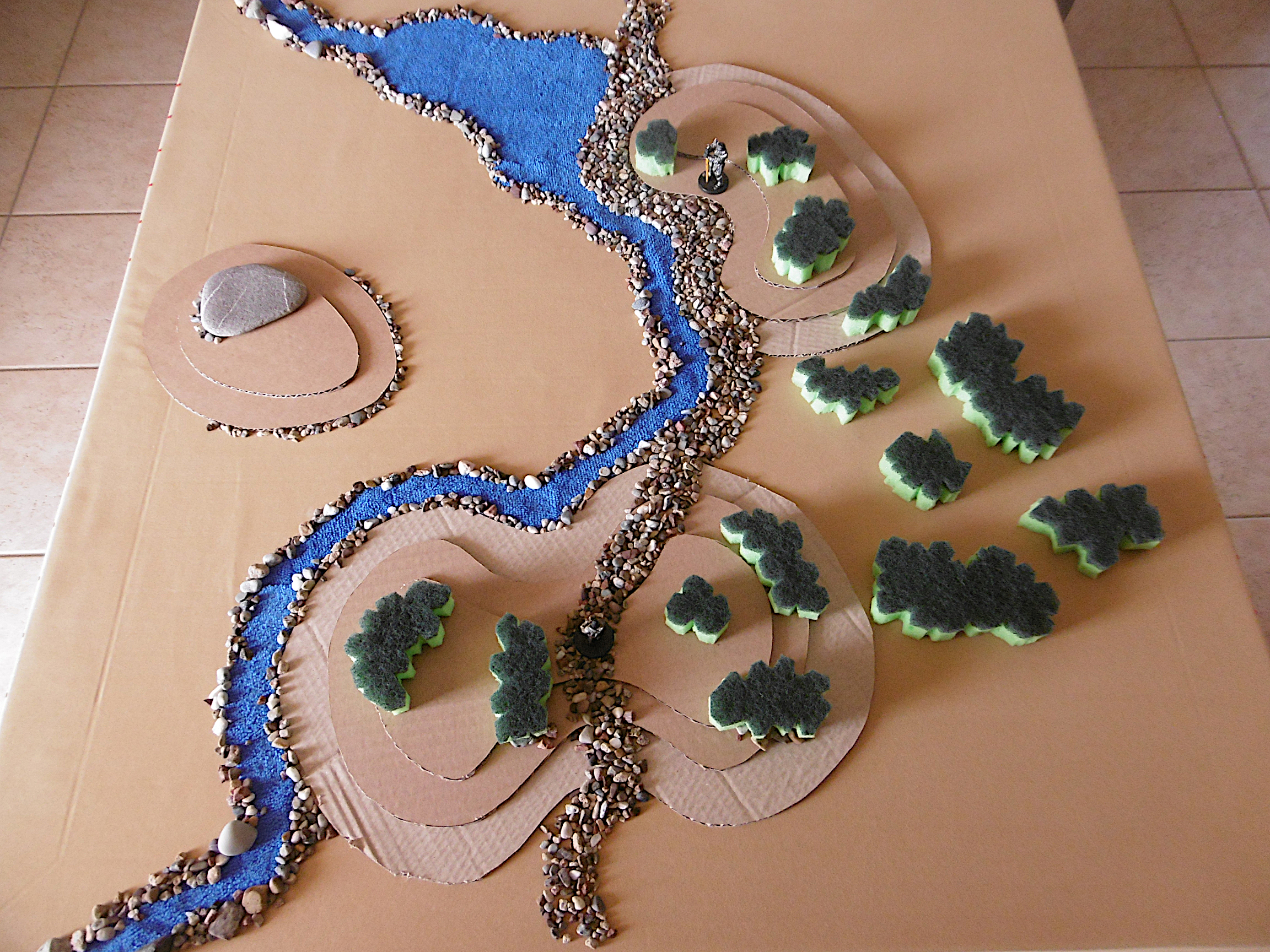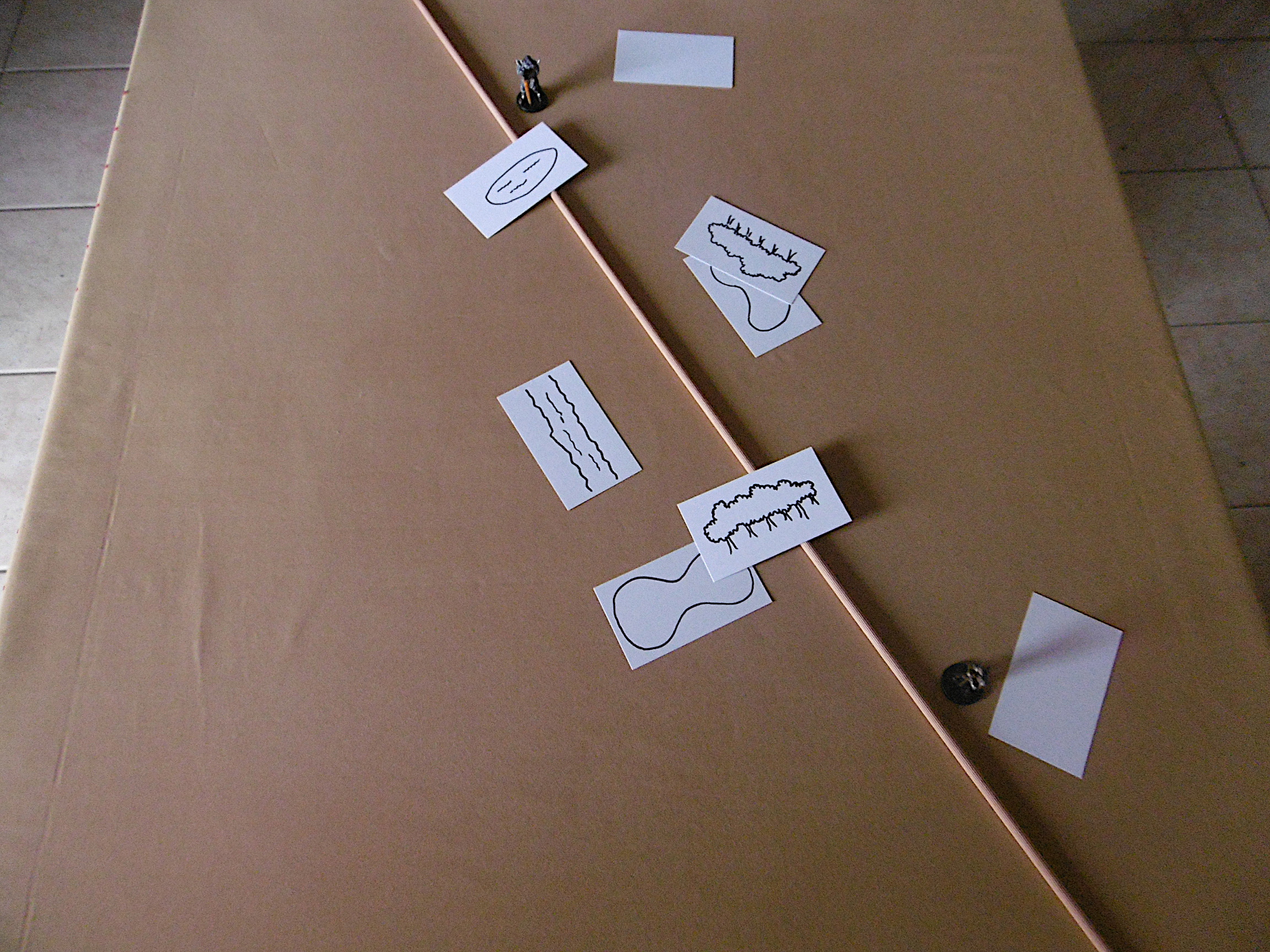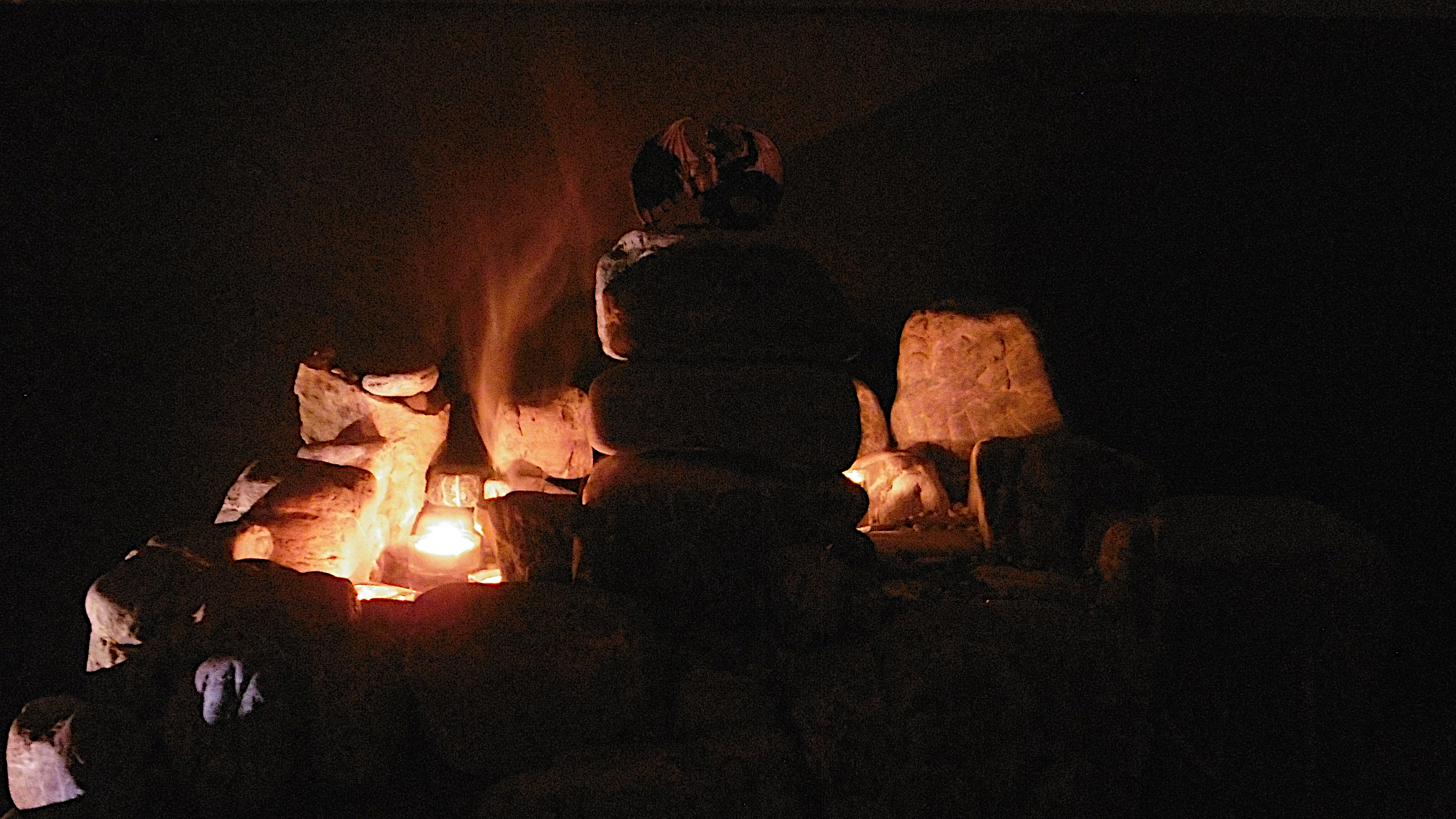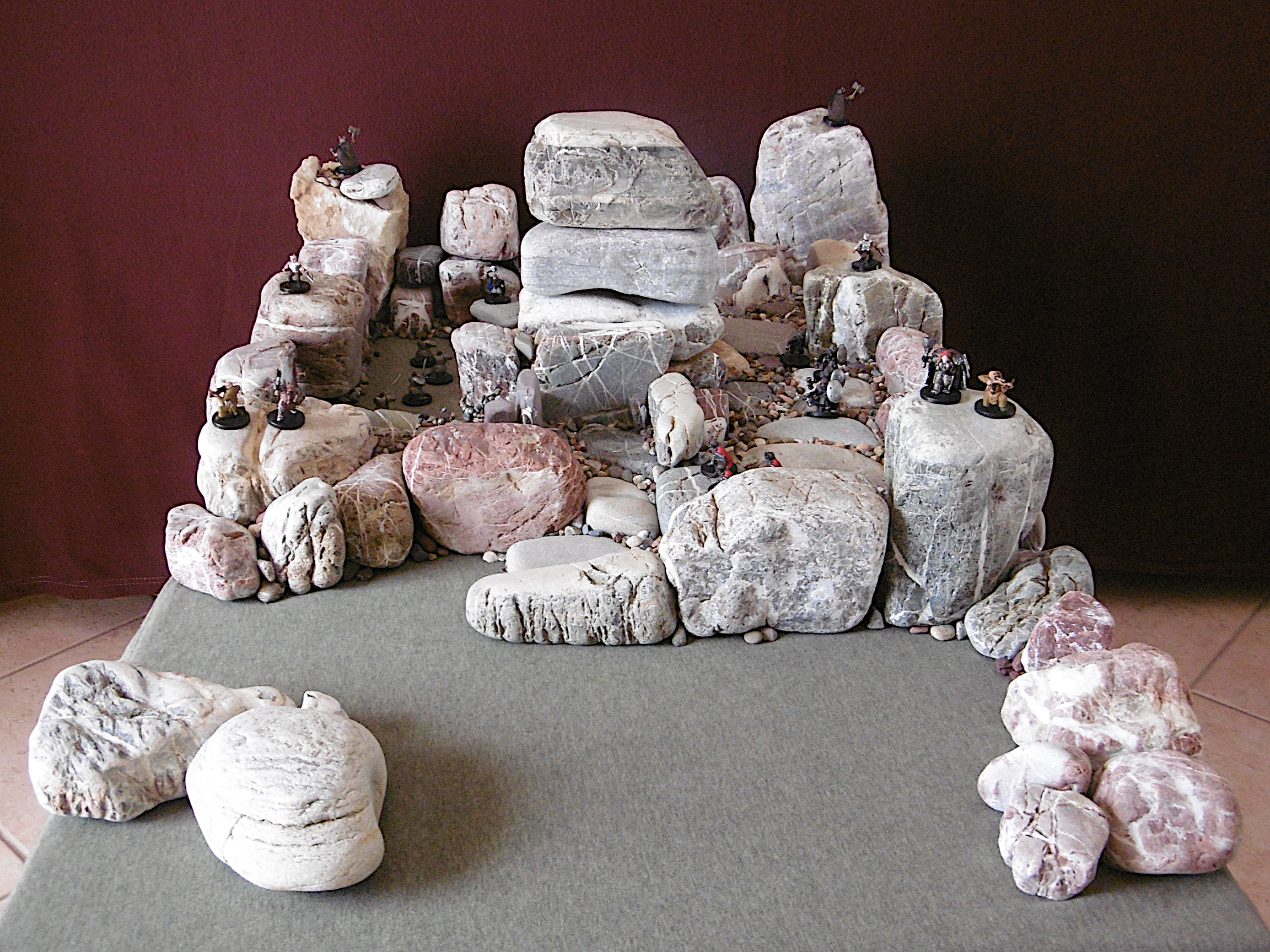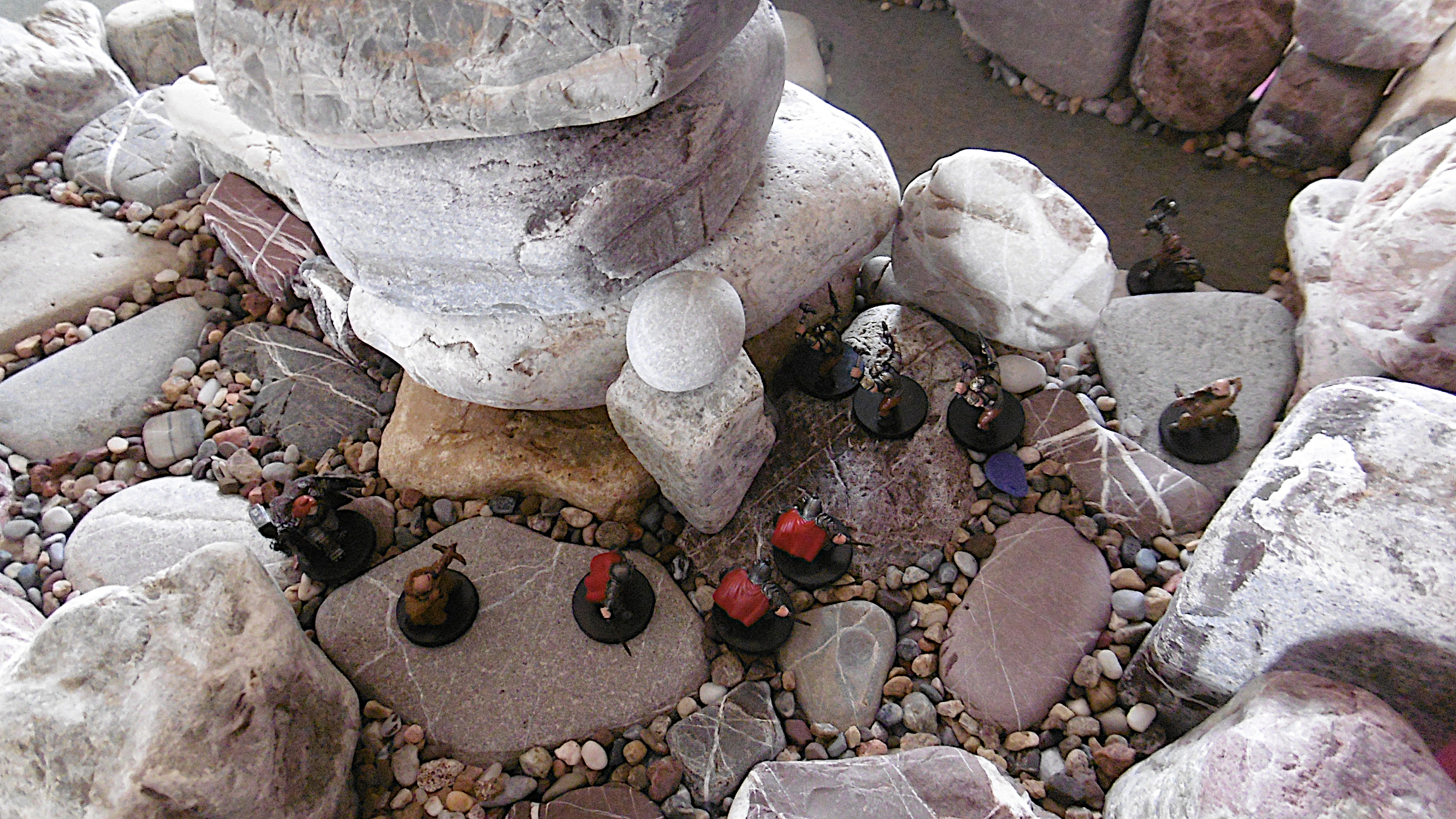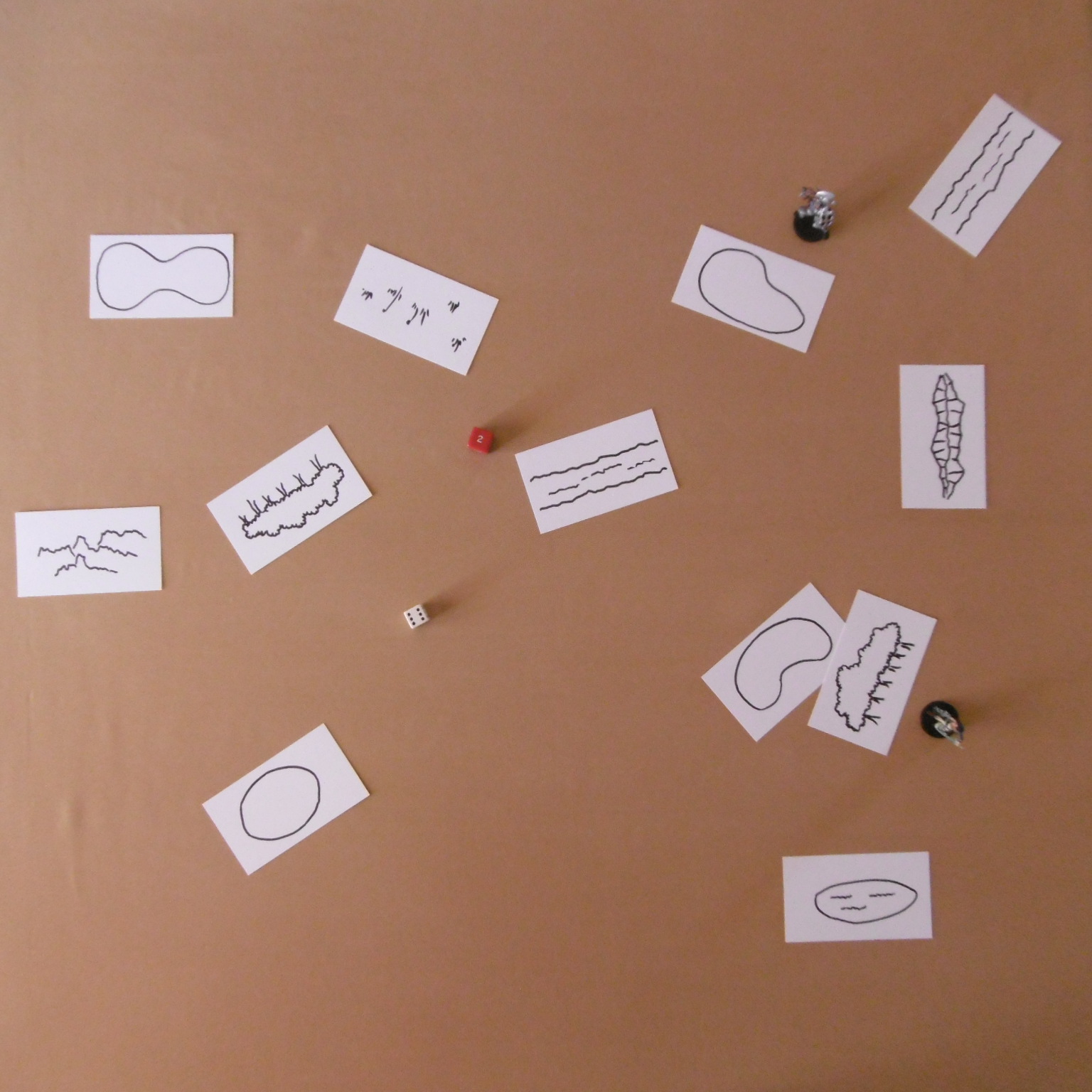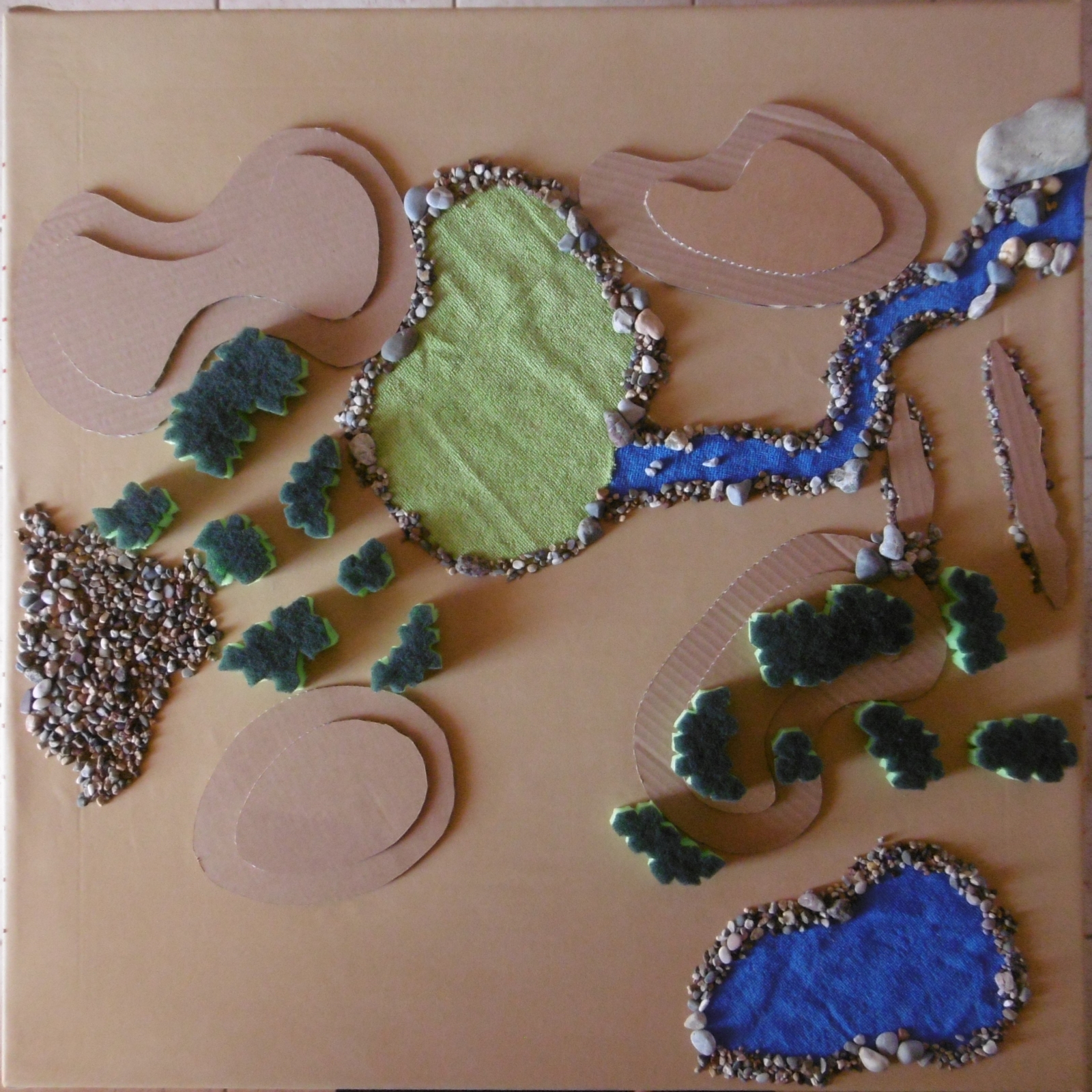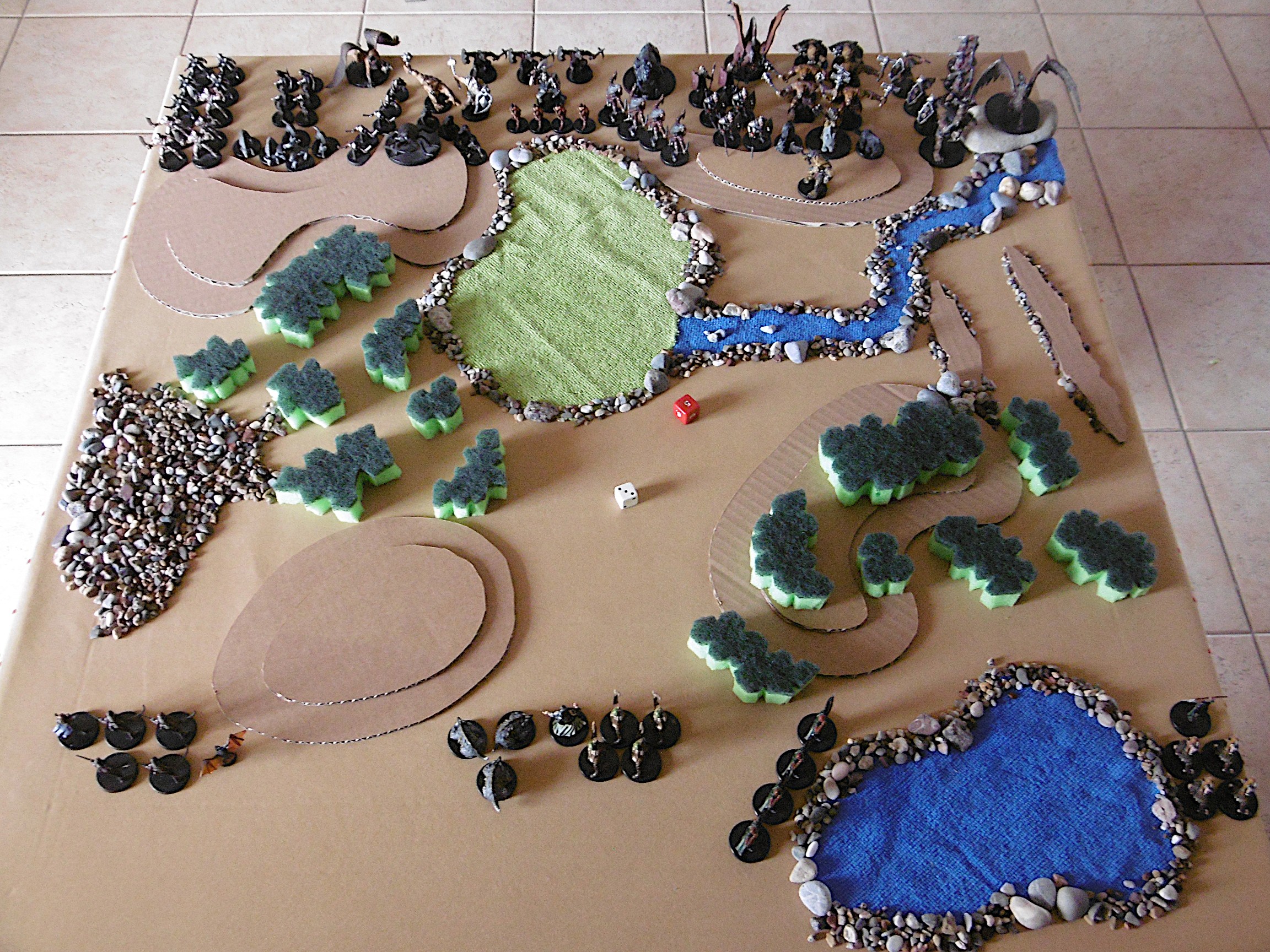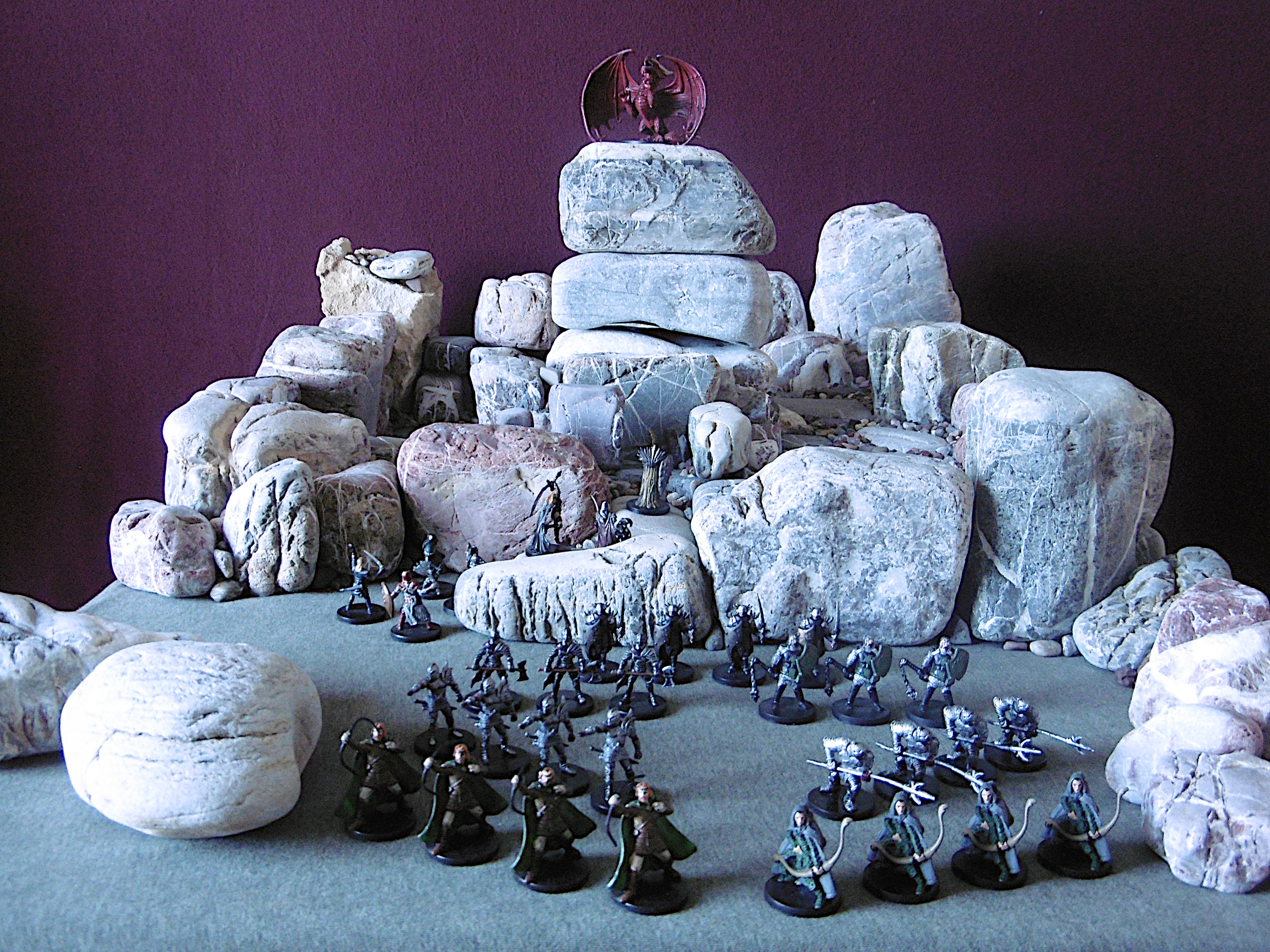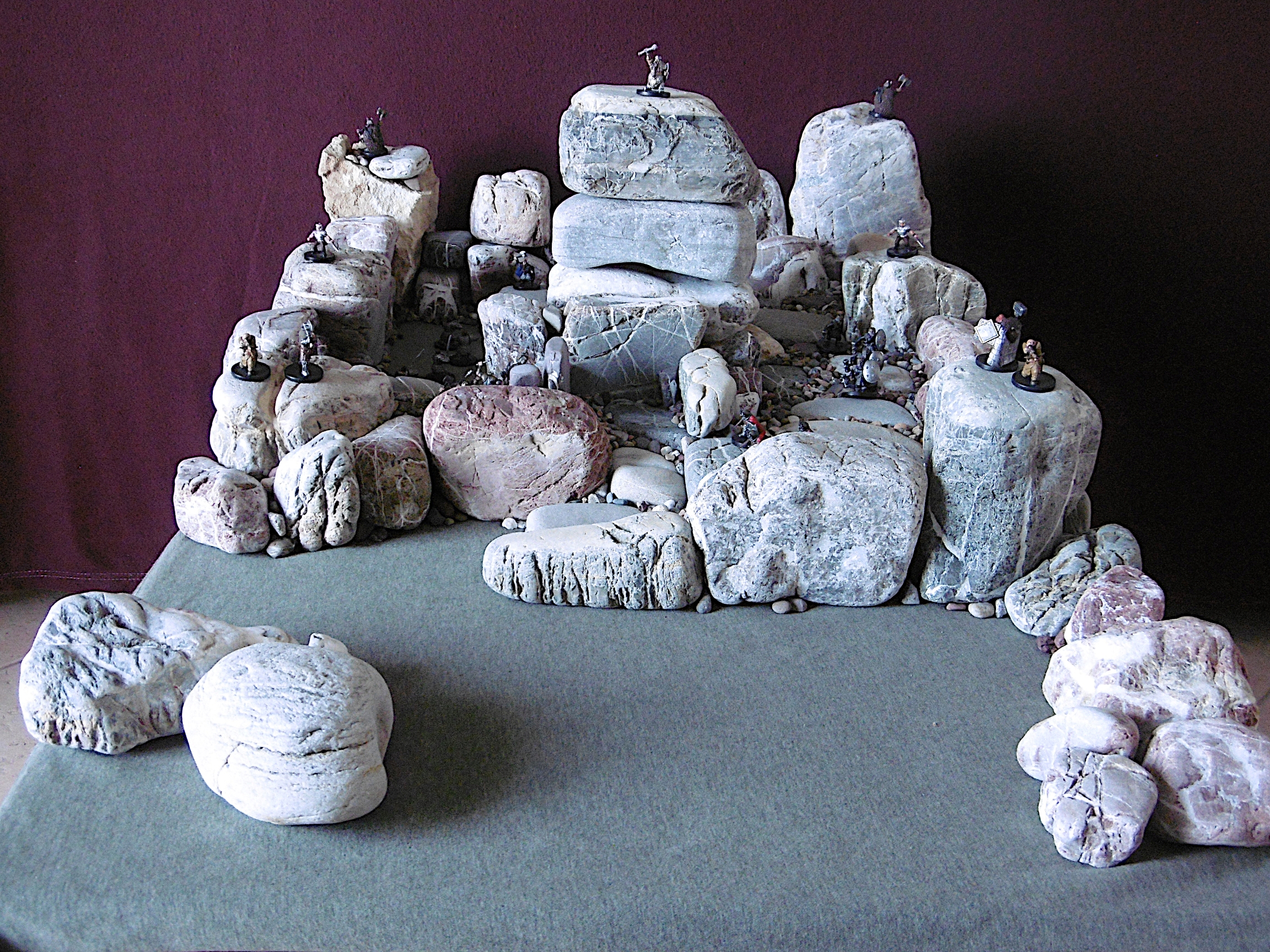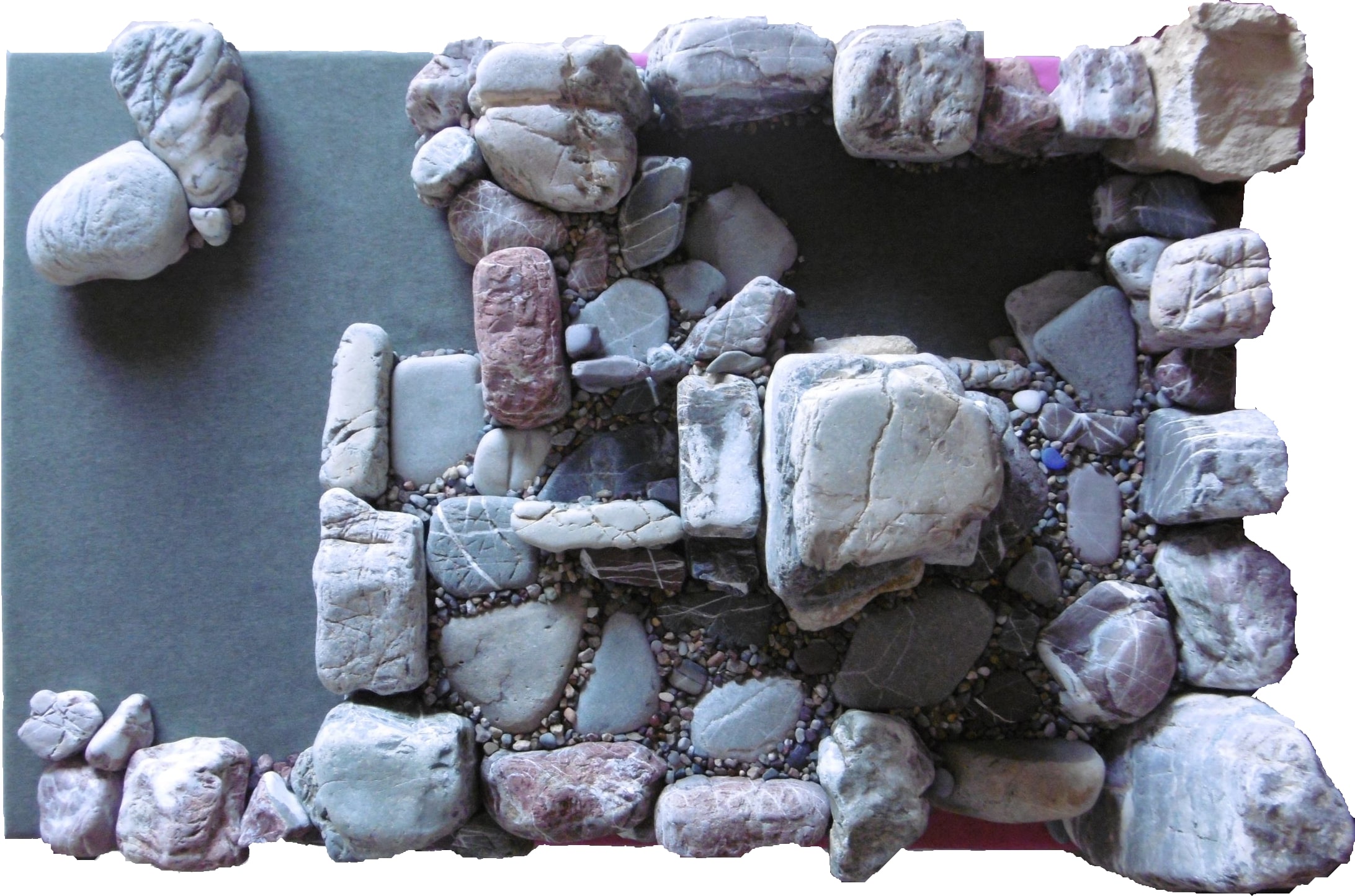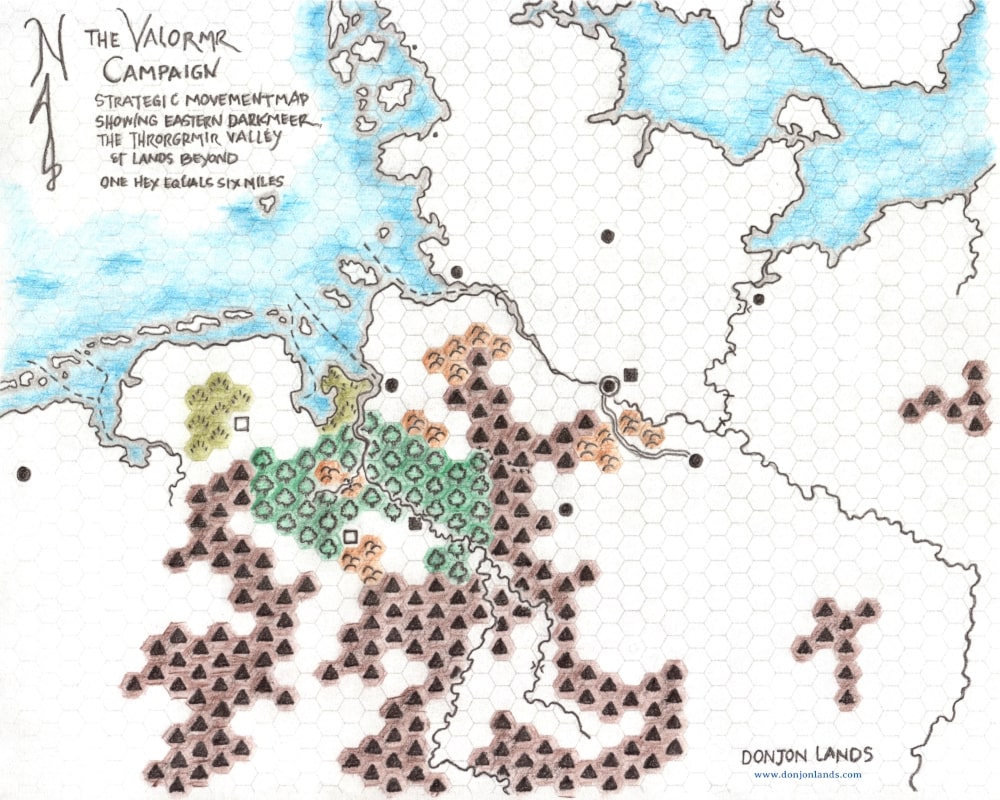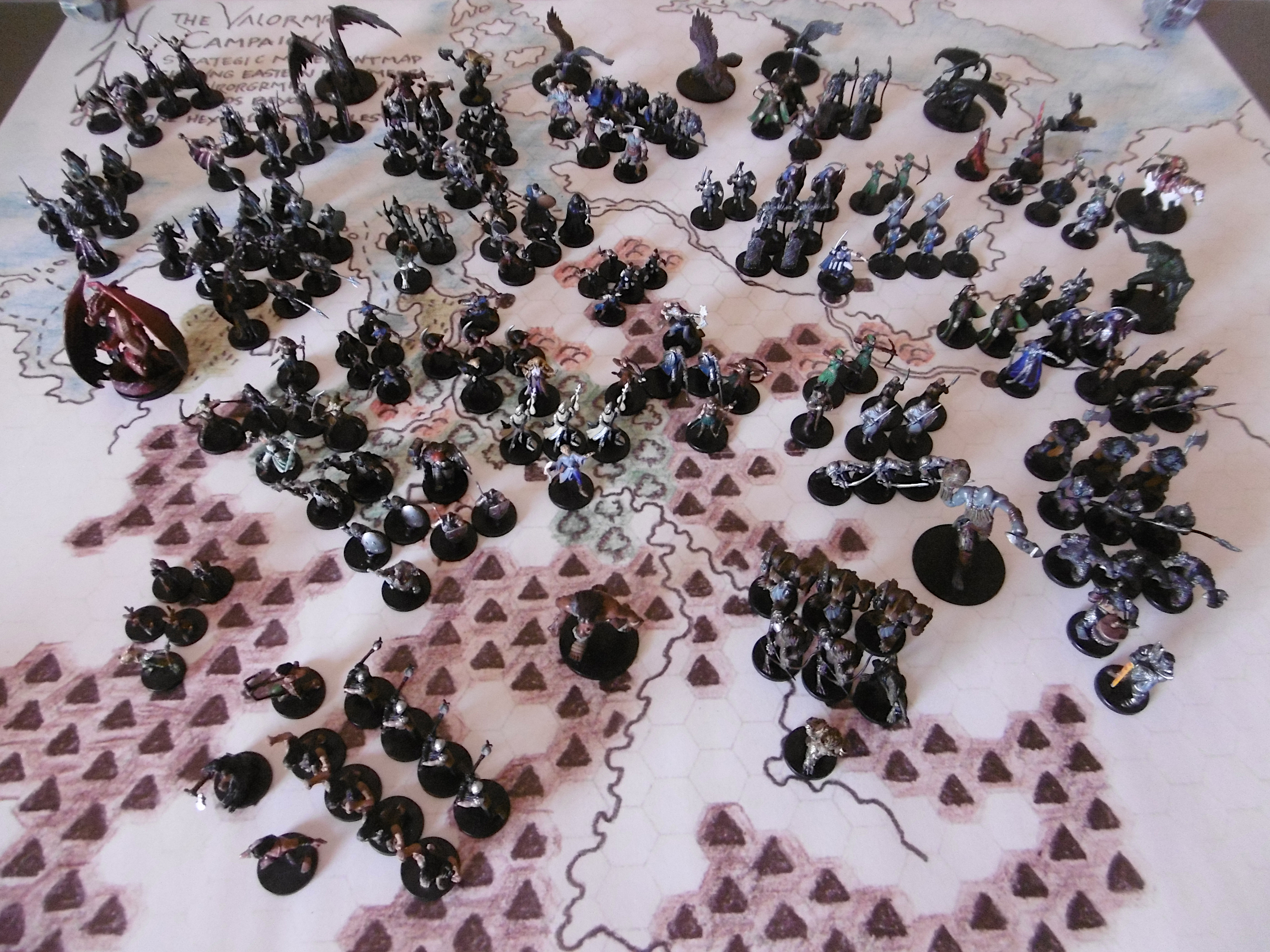Valormr Concludes on Three Tables
A year ago, due to the current world situation, I had the opportunity to rent a small apartment on the beach at a monthly rate that fit a nomad’s budget. It’s equipped with all the necessities in two rooms with a view on the sea, a constant breeze, and three tables of various sizes. With an eye on the tables and knowing that human contact should be limited for the coming months, I rekindled the decade-old idea to play a solo wargames campaign.
Valormr, like Wyrm Dawn from which it spawned, informs the upcoming B/X campaign.
The strategic movement map is laid out on the first table. When opposing forces meet, battles are fought on the second. The third table is reserved for the Throrgrmir Citadel, where take place the opening and closing engagements: the dragon’s assault on the Citadel and its storming by the Forces of Law.
No table for dinning remains to me, but who needs to eat when you can play wargames?
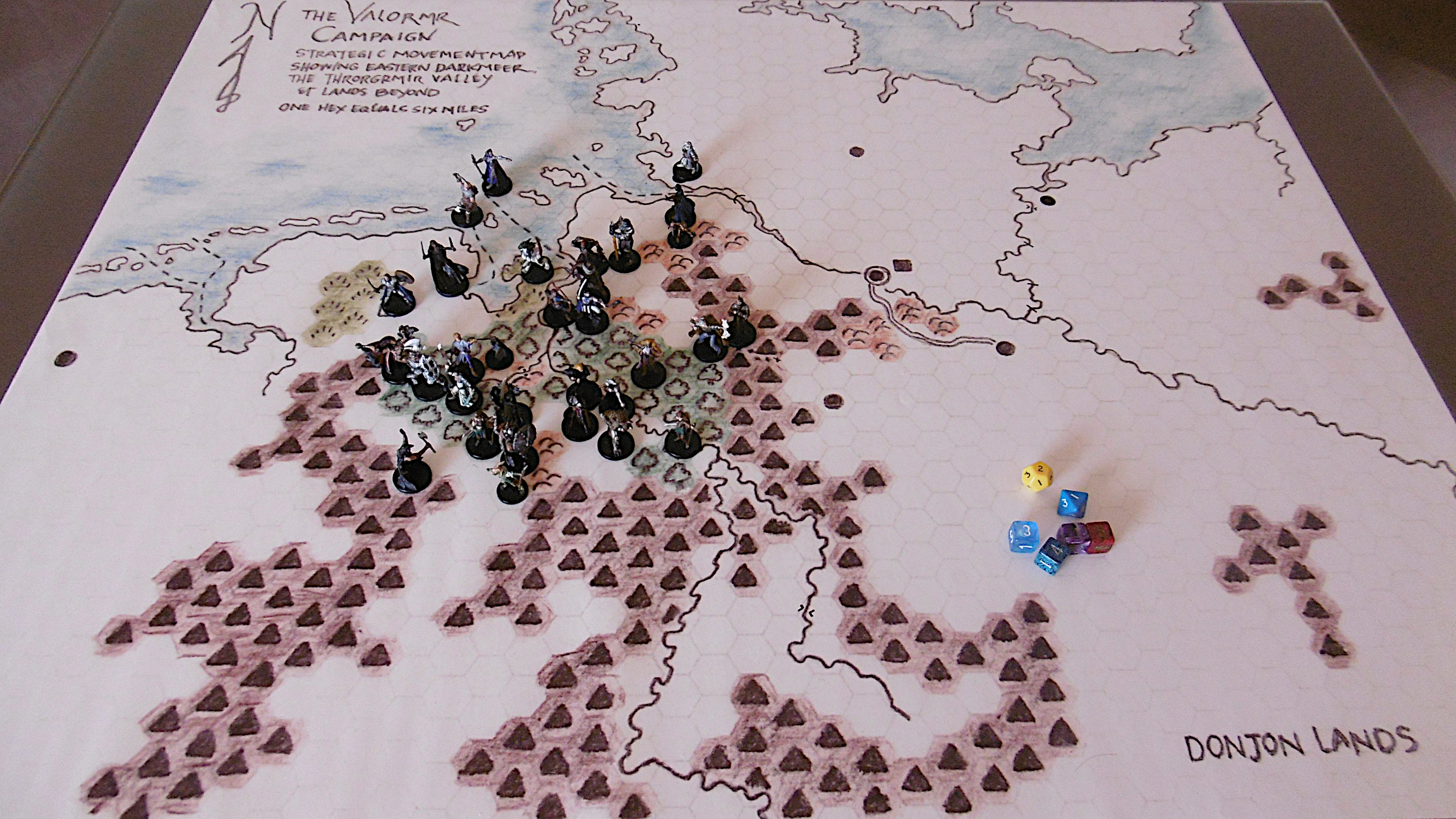
Moving overland, the Aeskrvald and Lanze armies are escorted by elves through the Ellriendi Forest to take up positions northeast of the Citadel, while Noerdenheim and Grallune move by sea to capture Port-of-Sands then the Keep on the Pale Moor, thereby cutting the Chaos Armies’ supply lines.
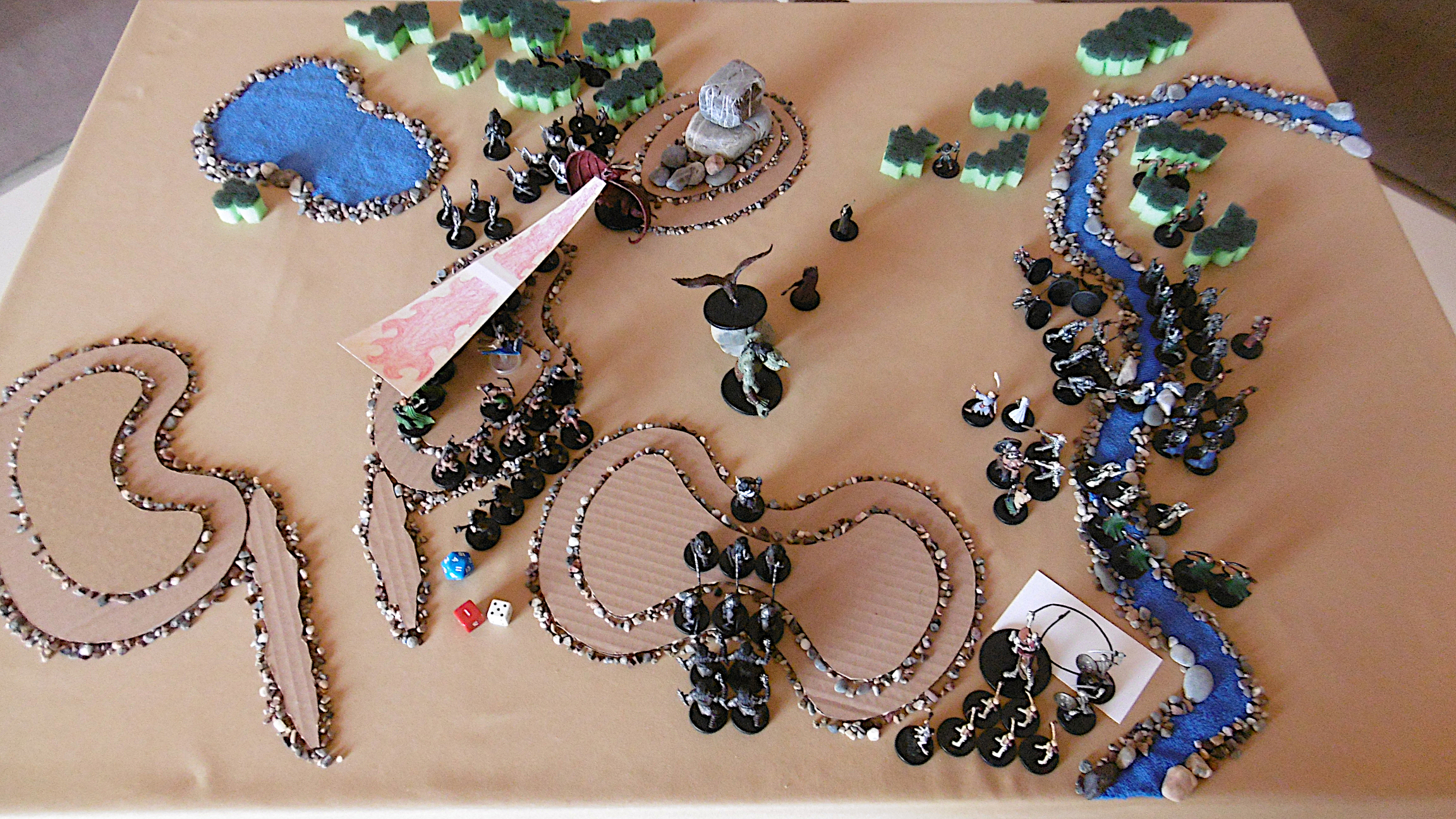
The Chaos Armies routed from the field, Anax Archontas hops from his perch atop the Throrgrmir Citadel to deliver a tongue of fire into a formation of Grallune troops.
Meanwhile, an adventuring party gains the base of the Citadel, where they enter a secret tunnel. The adventurers must find their way through a dungeon, overcoming any obstacles, to enter the Citadel’s upperworks.
Ostanner ninjas move through woods to the base of the Citadel’s plateau. They are to scale the cliff and the ramparts to create a diversion as the adventuring party enters the Citadel to open the gates.
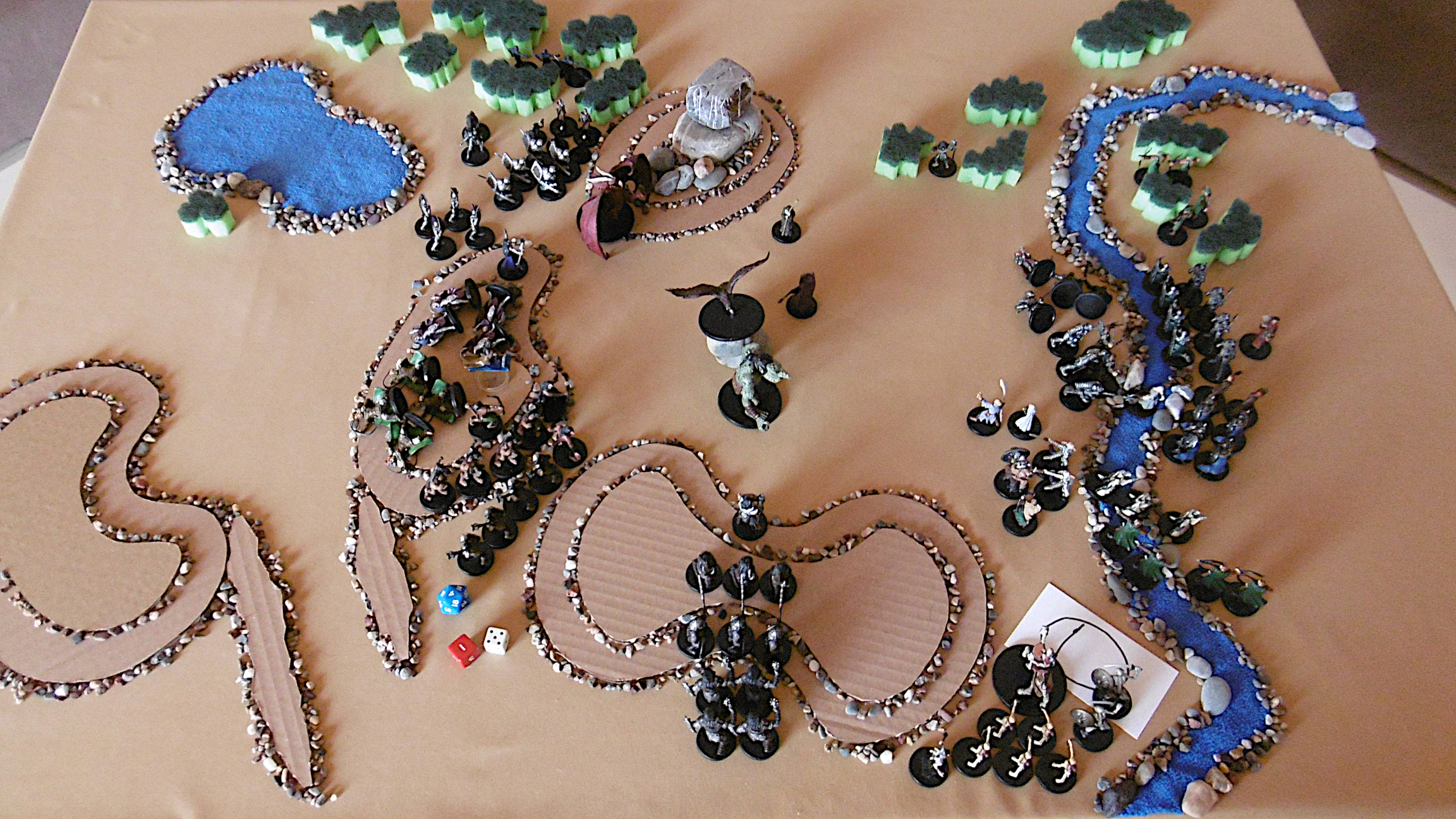
A moment later, a strange wizard from south of the World Dragon Mountains confronts the dragon. With a device fashioned by the Throrgrmir dwarves, Zosimos banishes the would-be usurper from the Throrgrmir Valley. Anax Archontas’s bid to become the first emperor of the Age of Dragons ends with a few spoken words bolstered by the power of the Fates. The device ever after is called the Wyrmwyrd.
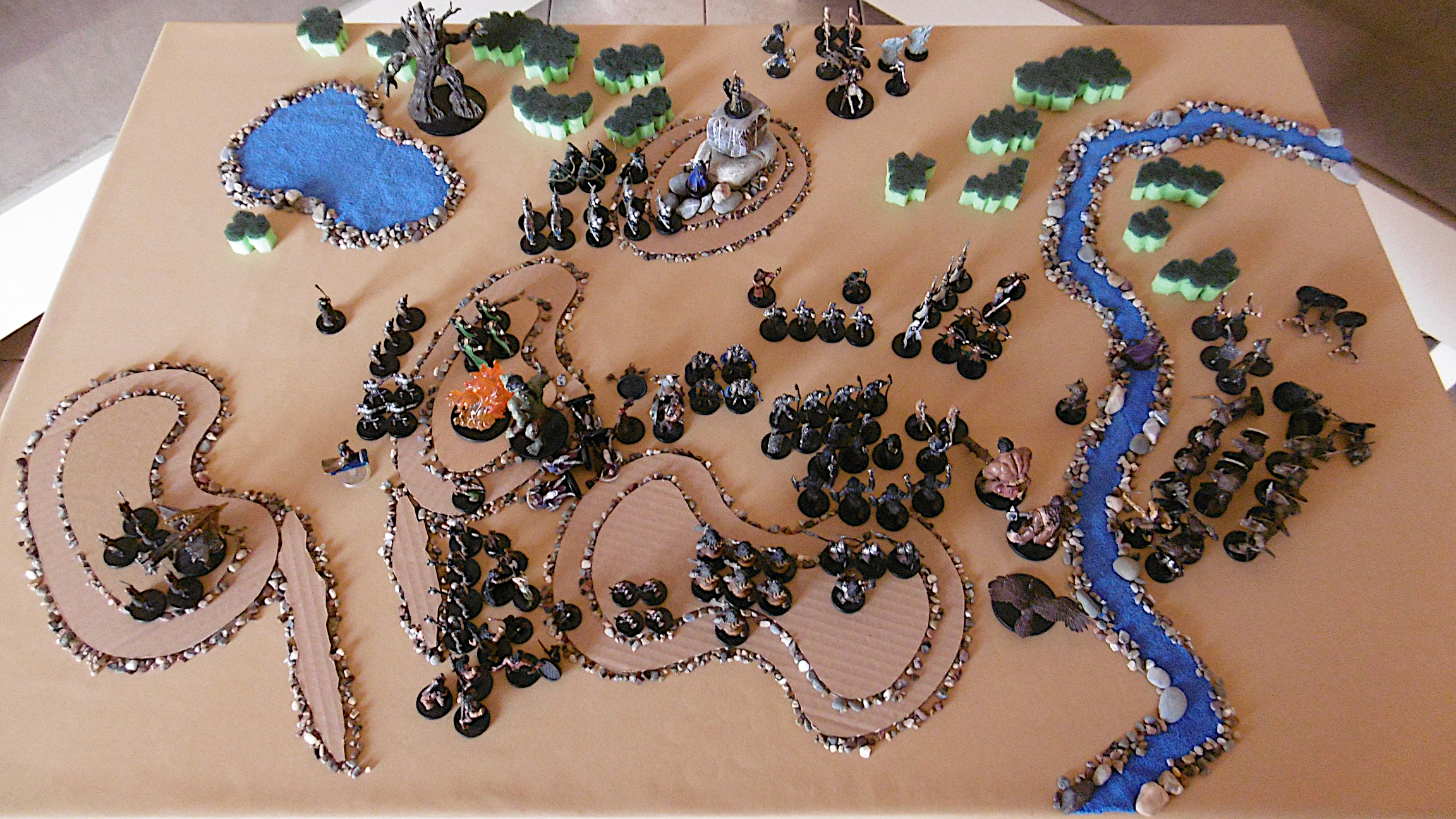
The dragon is gone and with it the Chaos Armies’ raison d’être. But the dwarves below are starving, and the Forces of Law are diminished and weakened, while armies of kobolds, orcs, and gnolls arrive from the south, and the Wraithwright marches at the head of an undead legion from the north. Hadewych the Arbiter, with two regiments, a host of heroes, and the Citadel’s upperworks under her control, finds herself atop an empire ready for the taking.
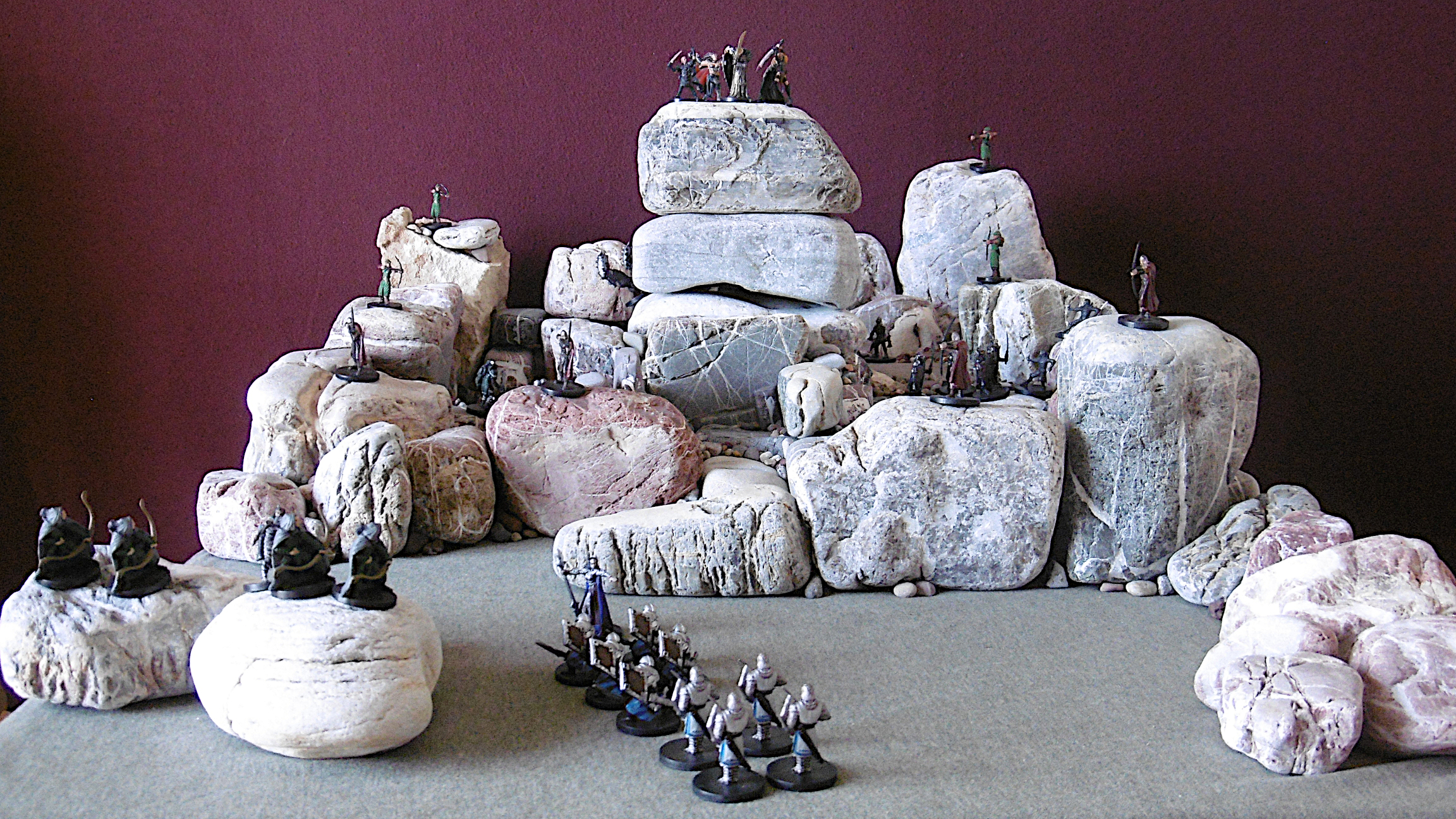
But the Forces of Law set up a catapult on the hill due south. It pelts the ramparts before Grallune forces march up the slope. As fighting erupts on the Stonesward, the adventuring party fights its way from the Greensward toward the gate, and, bursting through the door from below, dwarves cry vengeance and death to Throrgrmir’s enemies.
This is the Throrgrmir Empire, rich with gold and gems and treasures beyond imagining. If she wants it, Hadewych must fight for it.
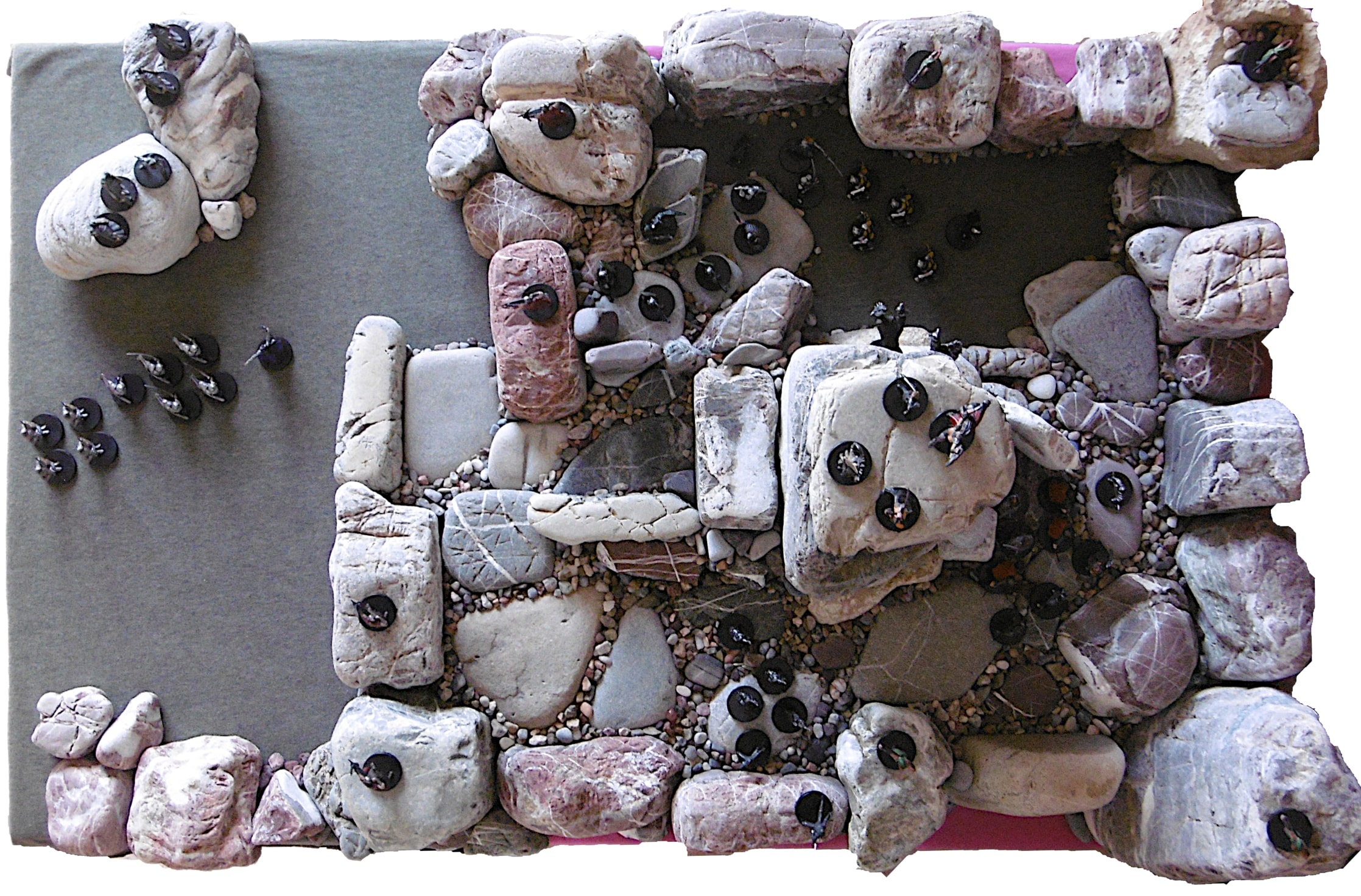
The year on the beach draws to a close, as does the wargames campaign. I’ve kept a detailed record of events of Valormr, which, like Wyrm Dawn from which it spawned, informs the upcoming B/X campaign.
